Sony A95L vs LG G3: which next-gen OLED TV is best for you?
We put high-end 2023 OLED TVs go head-to-head to help you work out which you'll want
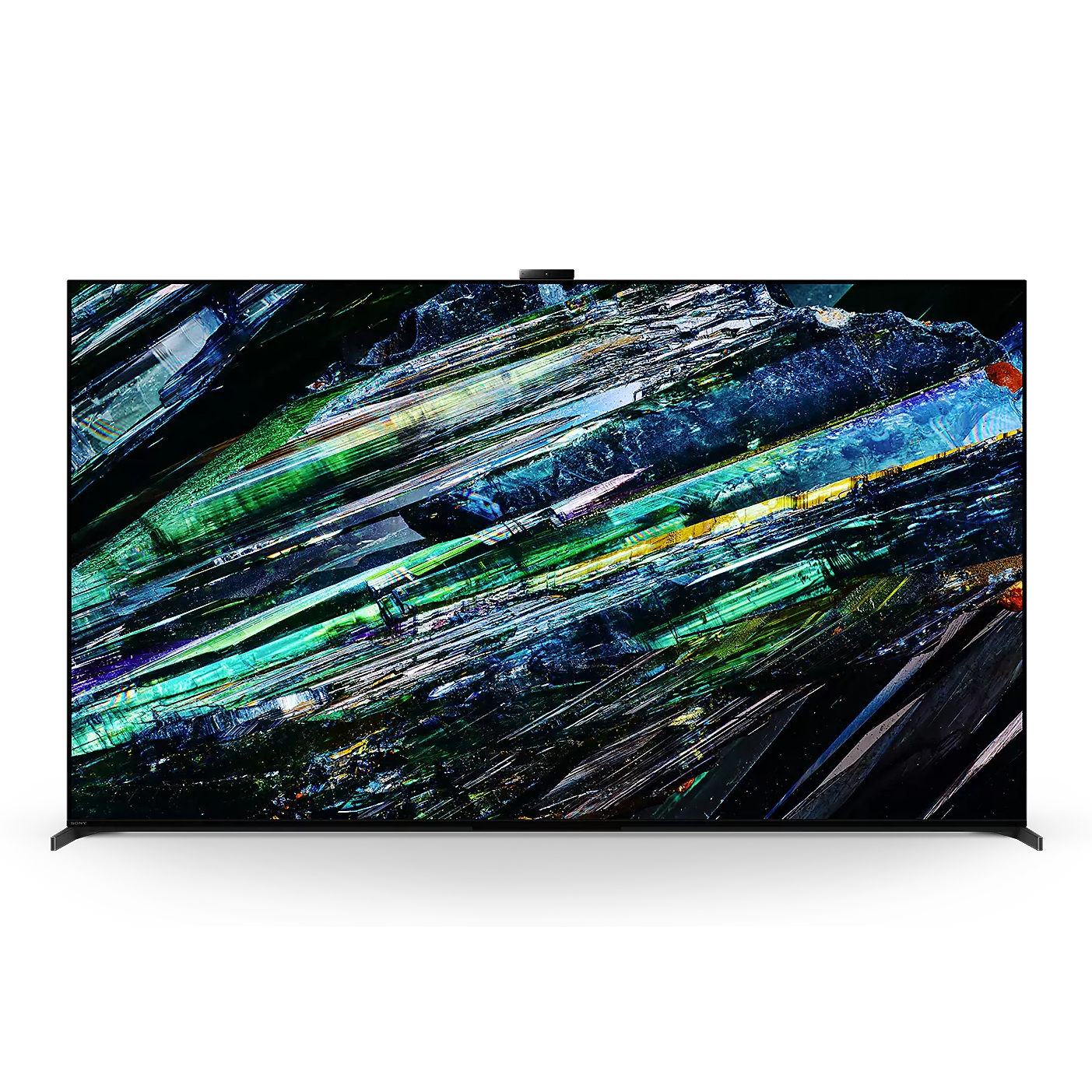
Sizes: 55, 65, 77 inches
Screen tech: QD-OLED
Processor: Cognitive Processor XR
HDMI: 4x (2x HDMI 2.1)
HDR: Dolby Vision, HDR10, HLG
Sony's next-gen QD-OLED offers increased brightness over last year's Sony A95K, thanks to a next-gen panel. Throw in a raft of fresh gaming-friendly features and picture processing enhancements, and the A95L is one of the brightest and most promising new OLED TVs in 2023. Well, the second half of 2023 – don't expect to see it until then.
For
- Super-bright QD-OLED
- Incredible colors
- Sony Acoustic Surface sound
- Great for PS5
Against
- Likely to be very expensive
- Only 2x HDMI 2.1 ports
- Not out until late 2023
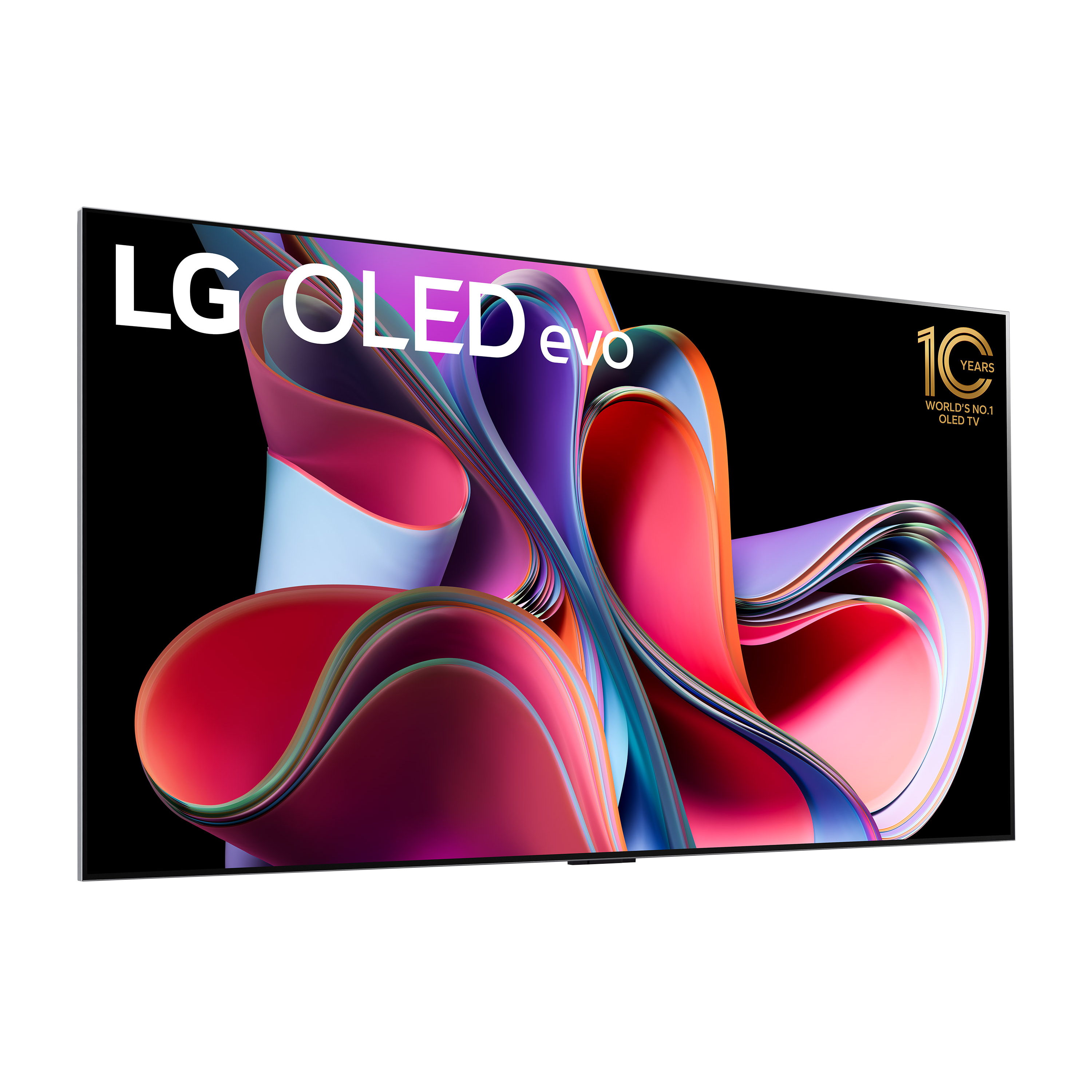
Sizes: 55, 65, 77, 83 inches
Screen tech: OLED Evo with Light Control Architecture
Processor: Alpha a9 Gen 6 chip
HDMI: 4x HDMI 2.1
HDR: Dolby Vision, HDR10, HLG
The LG G3 is at the premium (and therefore more expensive) end of LG's 2023 line-up. Its new Light Control Architecture tech means it's the brightest LG OLED yet, massively beating the company’s previous panels. It has a super-thin design with a slim bezel and it's made to be wall-mounted, which means you have to pay more if you want a stand.
For
- Huge brightness upgrade
- 4x HDMI 2.1 ports
- Less reflective screen
- Beautiful design
Against
- Still expensive
- Doesn't come with stand
- Weaker built-in audio
The Sony A95L QD-OLED and the LG G3 OLED look set to be two of the best 4K TVs in 2023. Utilizing cutting-edge OLED tech to deliver substantially brighter images than their 2022 predecessors, these new panels should be better than ever for watching movies, and playing the latest PS5 and Xbox Series X games.
But what separates these two high-end competitors for the title of the best OLED TV, and would be right for you? These sets use different brightness-boosting techniques to deliver hugely vibrant images in line with the best TVs of any kind, and the results already look mightily impressive.
Below, we compared the Sony A95L and LG G3 OLED against each other, covering price points, screen sizes, design differences, and features – but don't forget you can read our hands-on Sony A95L review, and our early impressions LG G3 OLED review for more on each TV. They're not full in-depth reviews, but they're what we've experienced with them so far.
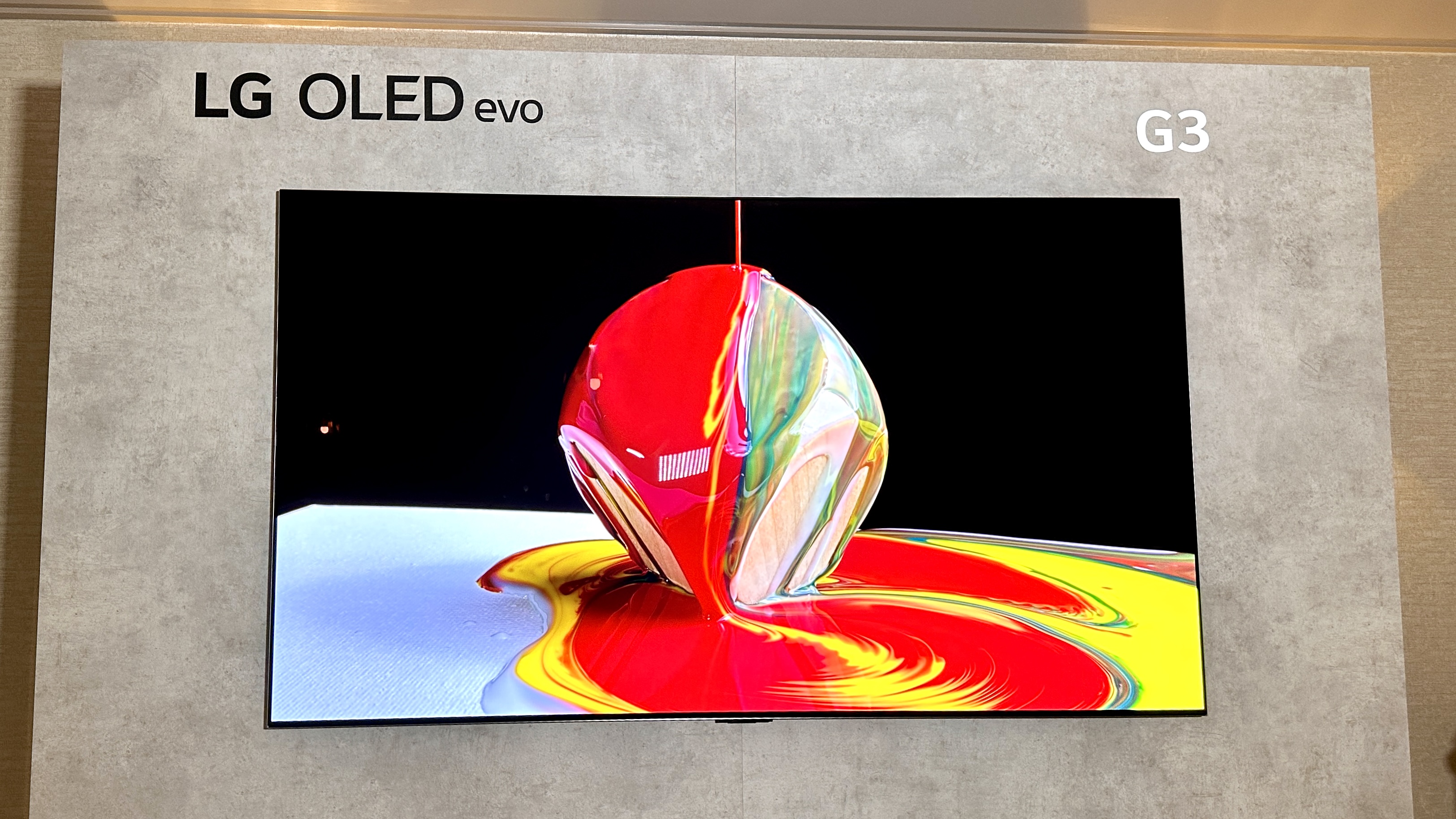
Sony A95L vs LG G3: Price, sizes and availability
We don't have prices for the LG G3 in all countries yet, but here are the official US prices:
| Size | LG G3 price |
|---|---|
| 55 inches | $2,499 |
| 65 inches | $3,299 |
| 77 inches | $4,499 |
| 83 inches | $6,499 |
This will likely put the price of the 55-inch model at around £2,500 in the UK, and AU$4500 in Australia.
Sony is also being cagey when it comes to the price of the A95L. Its predecessor, the Sony A95K, was the best TV on the planet for image quality in 2022, but also significantly more expensive than other OLED TVs. Sony has at least indicated to us that people will be ‘pleasantly surprised’ by the cost of its new TVs, but with the launch planned for the second half of the year, we probably won't know exactly for a while.
In the here and now, we’re predicting the following prices based on what the Sony A95K cost when it launched last year. Note that we haven’t predicted the price of the 77-inch model of the A95L as its predecessor didn’t come in that size:
- 55-inch – $3,000 / £2,699 (around AU$4,499)
- 65-inch – $4,000 (around £3,699 / AU$5,999)
(Update: Sony has announced pricing for the A95L series, and it's not as high as we had initially expected.)
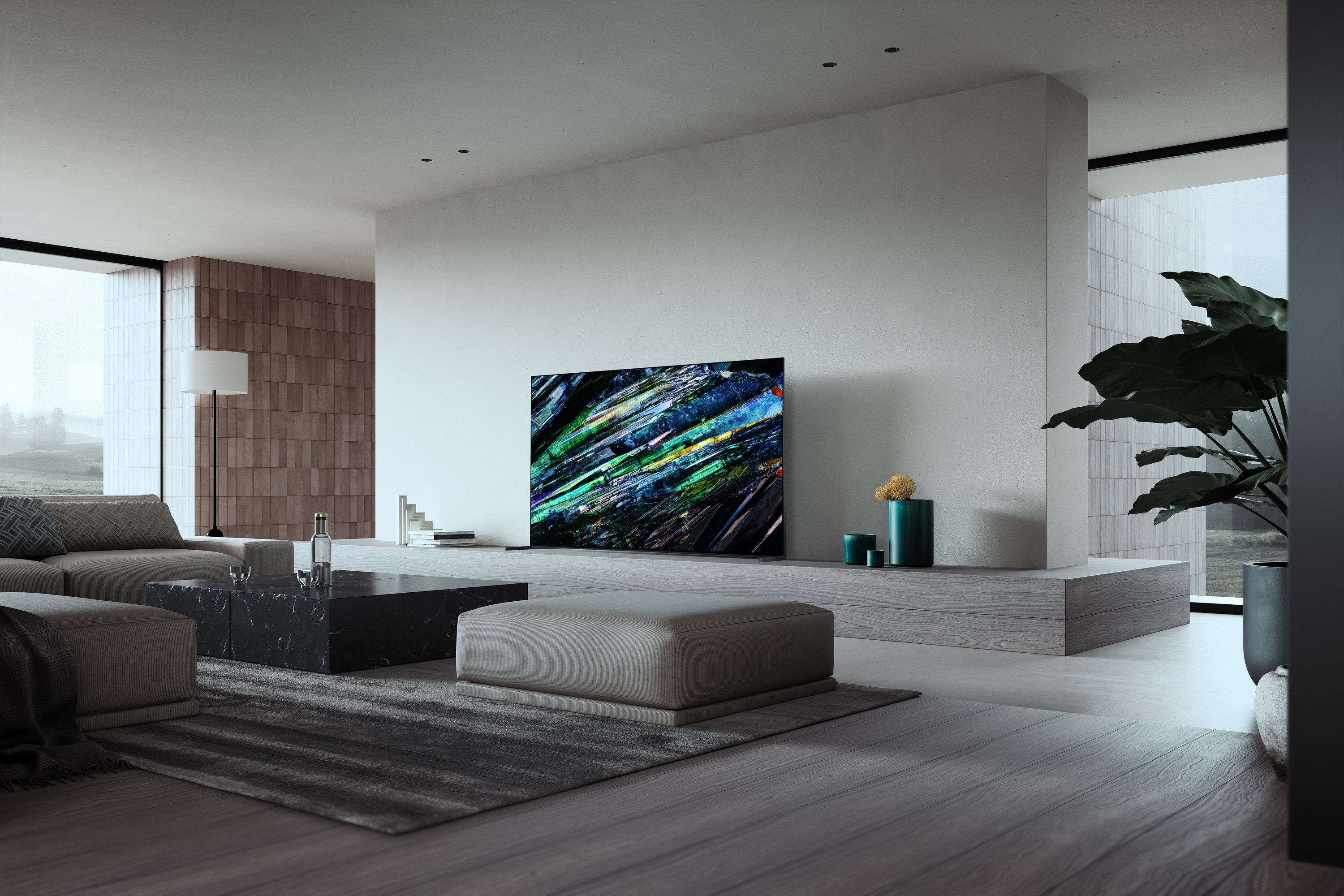
Sony A95L vs LG G3: Features
At an initial glance, the Sony A95L and the LG G3 are well matched. Like the upcoming Samsung S95C and Samsung S90C TVs, the Sony A95L is a QD-OLED TV. It uses a quantum dot filter to boost image brightness of its OLED pixels, and the result is a picture that is a good deal more vibrant than previous OLED screen technology.
Though we’ve yet to run brightness tests on the Sony QD-OLED, our A95L hands-on revealed it’s capable of delivering incredibly punchy images. That’s partly thanks to a range of processing techniques, like Sony’s new XR OLED Contrast Pro, XR Triluminos Max, XR Clear Image, and XR OLED Motion. The A95L’s pictures are so vibrant, Sony is claiming it’s twice as bright as its previous OLEDs.
The LG G3 also uses brightness-boosting tech to make it substantially brighter than its predecessor, the G2 OLED. The G3 deploys a Micro Lens Array panel and a software algorithm known as ‘META’ as part of its Brightness Booster Max technology.
LG claims its premium new panel can hit 1,470 nits in a 10% window in HDR Cinema mode, and we expect this figure will be close to accurate in our upcoming LG G3 OLED review.
Both TVs are set to be exceptionally bright, then, and both offer the 'perfect' contrast of OLED. But how do they stack up as gaming displays? Both feature HDMI 2.1 connectivity, with support for 4K 120Hz gaming and VRR, though the LG G3 has four HDMI 2.1 ports, but the Sony A95L only has two HDMI 2.1 ports (plus two HDMI 2.0 ports).
Predictably, LG’s Game Optimizer returns to the G3, letting you switch between different presets – RPG, first-person shooter etc. – and allowing you to turn on frame-smoothing features like VRR. The G3 also supports Nvidia G-Sync and AMD FreeSync Premium.
The A95L has made real strides from its predecessor on the gaming front. Not only does it offer Dolby Vision gaming support, but it also has a new Game Mode. Sony’s new QD-OLED is branded as being ‘Perfect for PlayStation 5’, and as such, an auto genre picture and auto HDR tone mapping are deployed as soon as a PS5 is connected to the A95L – these are unique to Sony TVs. It also supports VRR, though not G-Sync or Freesync.
On the audio front, the A95L packs in some exciting features. First up is the use of Acoustic Surface Audio+, which uses actuators placed on the rear of the panel to vibrate the screen to emit sound. The QD-OLED also has Acoustic Center Sync; a tech that lets the A95L combine with a Sony soundbar or wireless speakers to elevate on-screen voices.
The LG G3 also deploys some smart techniques to improve the audio experience. LG’s AI Sound Pro mode imitates a virtual 9.1.2 surround sound setup, even though the G3 only has 3.1.2 channel speakers. Obviously, this won't be the same as a real surround setup – it's more about creating positional audio.
As for other noteworthy features? The Sony A95L comes bundled with the new Bravia Cam, which can magnetically connect to the top of the panel, and offers advanced video cam functionality – not just calls, but gesture controls, and detecting when people have left the room so the TV can save energy.
More exciting is the addition of ‘Vanta Black’ in the LG G3. This anti-reflective panel dramatically reduces screen reflections, boosting the subjective brightness of the G3 in the process.
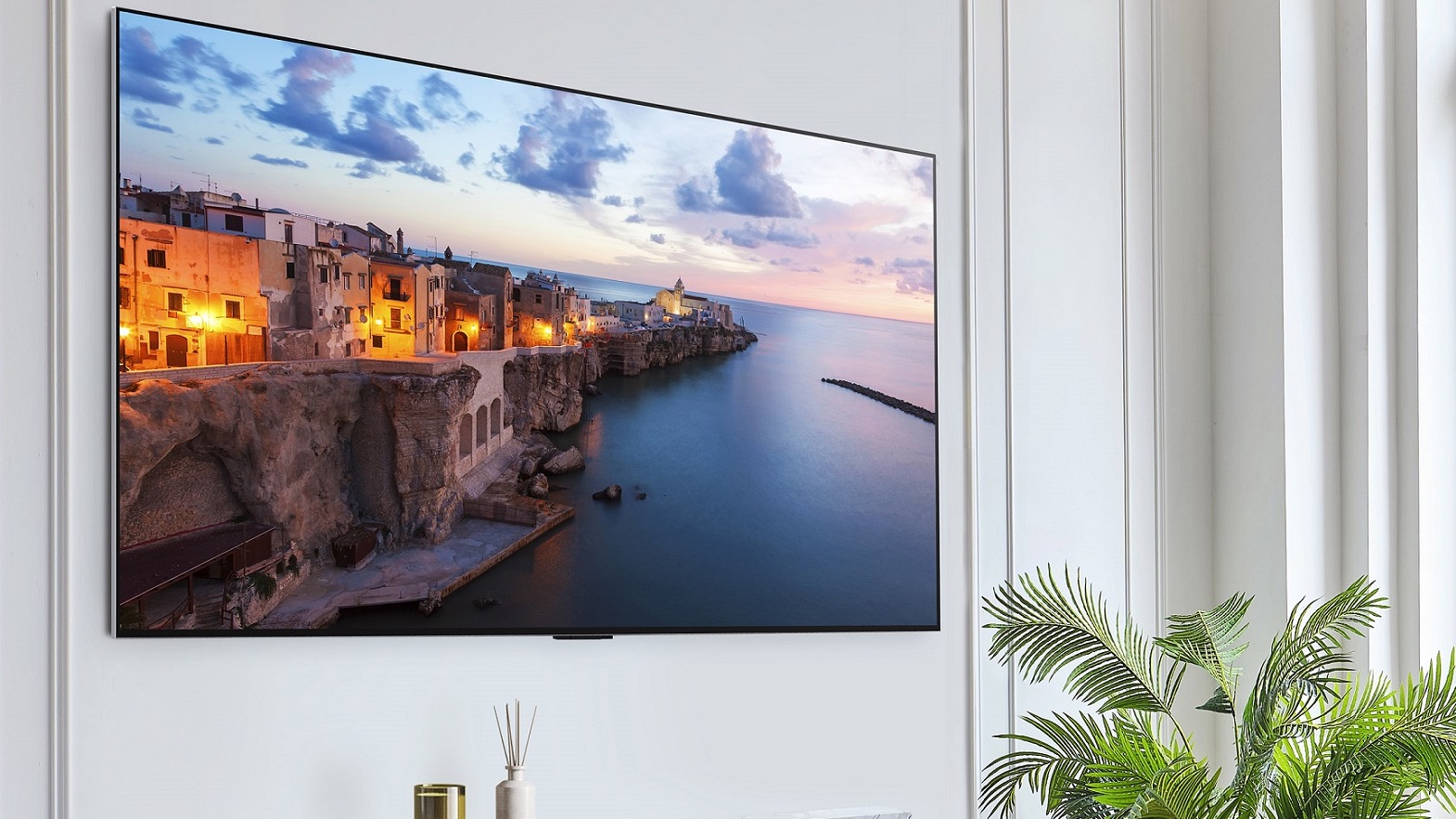
Sony A95L vs LG G3: Design
It’s no surprise that both the Sony A95L and LG G3 are extremely attractive sets.
While both screens are slim and sport razor-thin bezels, it’s the Sony TV that gives you more options out of the box.
The A95L comes with a new multi-position stand that sports Sony’s ‘Immersive Edge’ design, and it can obviously be wall-mounted, too. The three-way stand can be placed in either Standard, Soundbar, or Narrow positions – though the latter is only supported in the 77-inch model.
The design of LG G3 is a little more restrictive, because it doesn’t come with a dedicated stand. The G3 is ideally meant to be wall-mounted, and it comes with a special mount that means it can be placed flush against the wall – no ugly gap or visible bracket. Thankfully, you can buy feet or a floor stand for it through the LG website if wall hanging isn’t an option for you.
Sony A95L vs LG G3: Conclusion
The Sony A95L QD-OLED and the LG G3 OLED look set to be among the best 4K TVs of 2023. The brightness-boosting tech used in both panels should push them both into a new level of contrast and bold colors. When you pair these screens’ increased brightness with the infinite blacks OLED has always provided, you’re left with a pair of high-end TVs that should prove perfect for hardcore cinephiles.
If Sony can keep the price of the A95L down, it’s well placed to give the G3 quite the fight, especially since the price of the G3 rose compared to last year's version. They're pretty evenly matched for gaming features overall, though the Sony has a more flexible design out of the box.
Though we won’t be able to deliver our verdict on which is the better TV on its own terms until we’ve reviewed both panels, one thing seems clear: we’re gonna need shades when it comes to review time.
Get daily insight, inspiration and deals in your inbox
Sign up for breaking news, reviews, opinion, top tech deals, and more.
Dave is a freelancer who's been writing about tech and video games since 2006, with bylines across GamesRadar+, Total Film, PC Gamer, and Edge. He's been obsessed with all manner of AV equipment ever since his parents first bought him a hideously garish 13-inch CRT TV (complete with built-in VCR, no less) back in 1998. Over the years he’s owned more plasma and OLED TVs than he can count. On an average day, he spends 30% of his waking existence having mild panic attacks about vertical banding and dead pixels.
